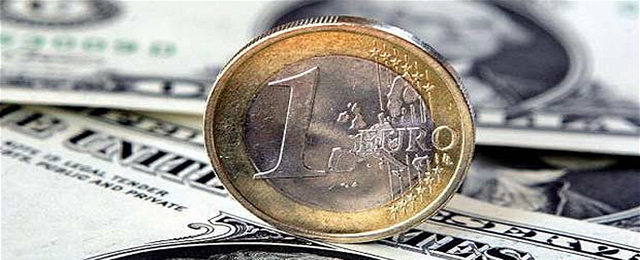JP Morgan’s Hugo Anaya believes these recent ECB measures do not actually mean any big change in monetary conditions in the eurozone (at least this year). That is, the rate cuts actually change little conditions when the EONIA has already been almost zero for a long time.
Also, in the first two LTROs in September and December 2014 banks will not require much money until they pass the “stress tests” and the AQR 4Q. And what is requested in the following TLTROs will mainly serve only to cover the €450bn that lenders have to return in January and February from 2012 LTRO, so there will not be a big expansion of the ECB’s balance sheet.
“Structural “drivers” (such as changes in the current account balance) do not tend to influence the exchange rate so much as the cyclic “drivers”, as the differential interest rates (especially real interest rates),” JP Morgan analyst points out. But we must accept that the euro is being helped by the surpluses that Europe has experienced in its current account balance (+ 2% of GDP) and its “basic balance” (current account balance + long term capital flows + 4% of GDP) recently.






Be the first to comment on "Why hasn’t the Euro fallen more?"